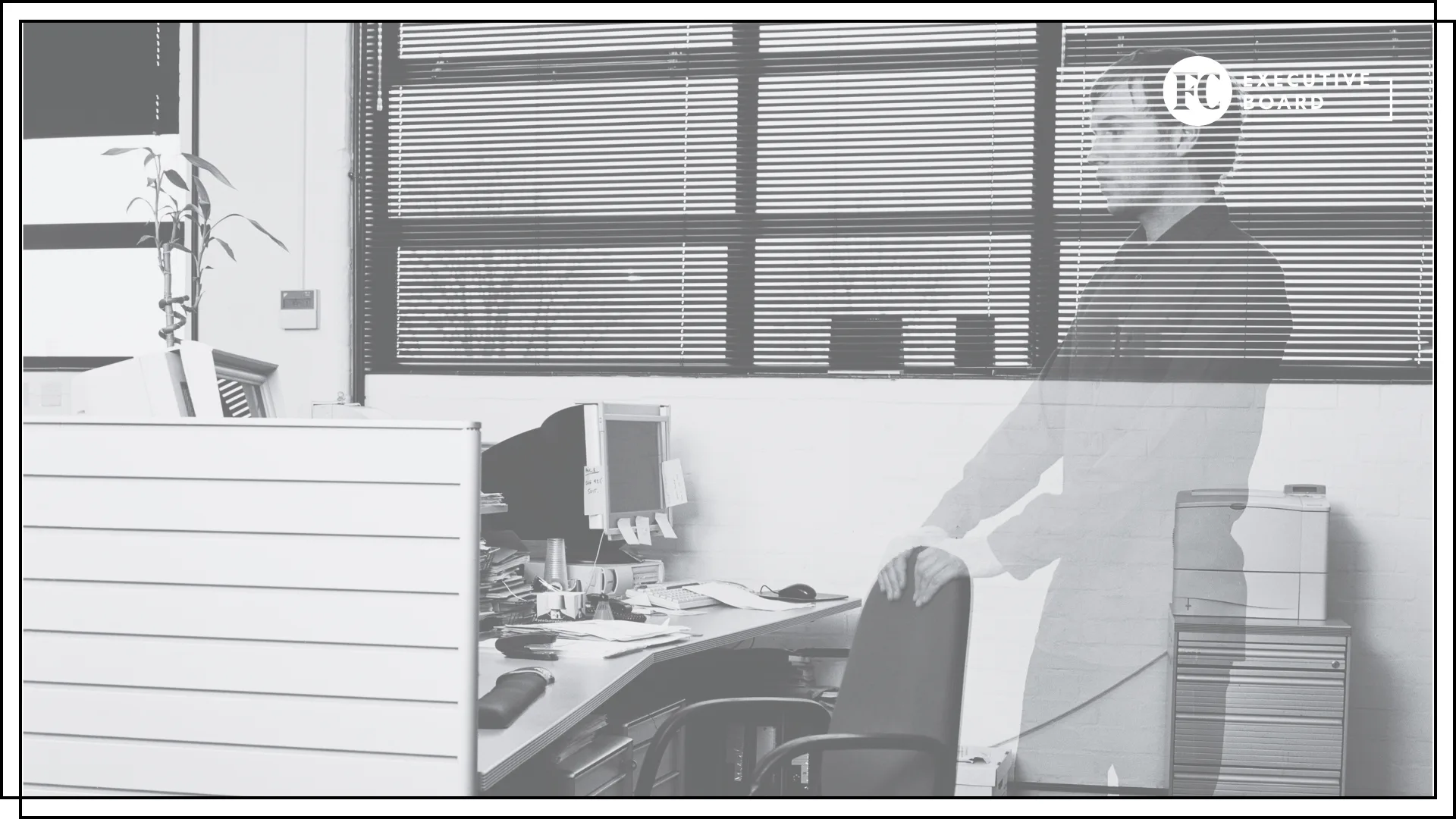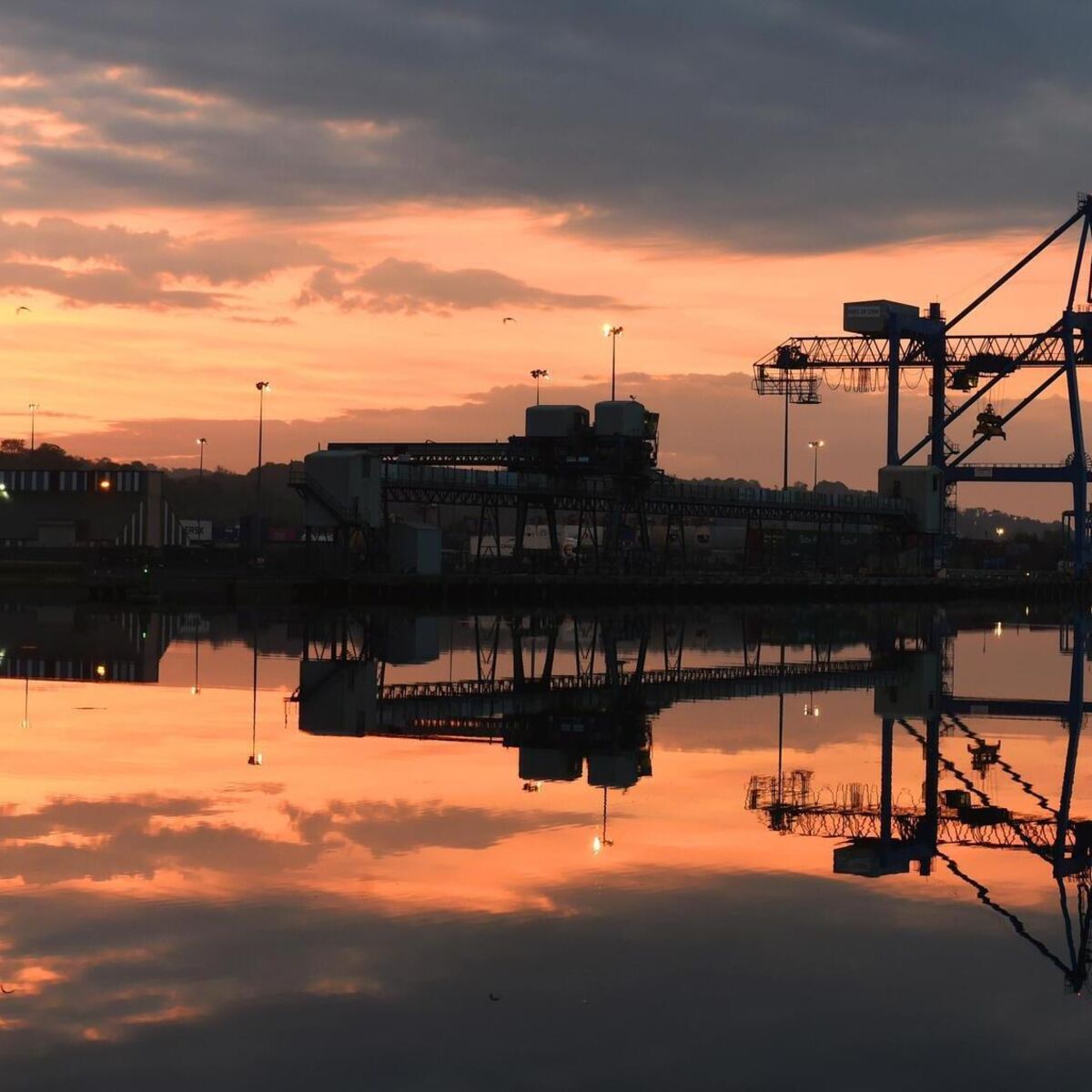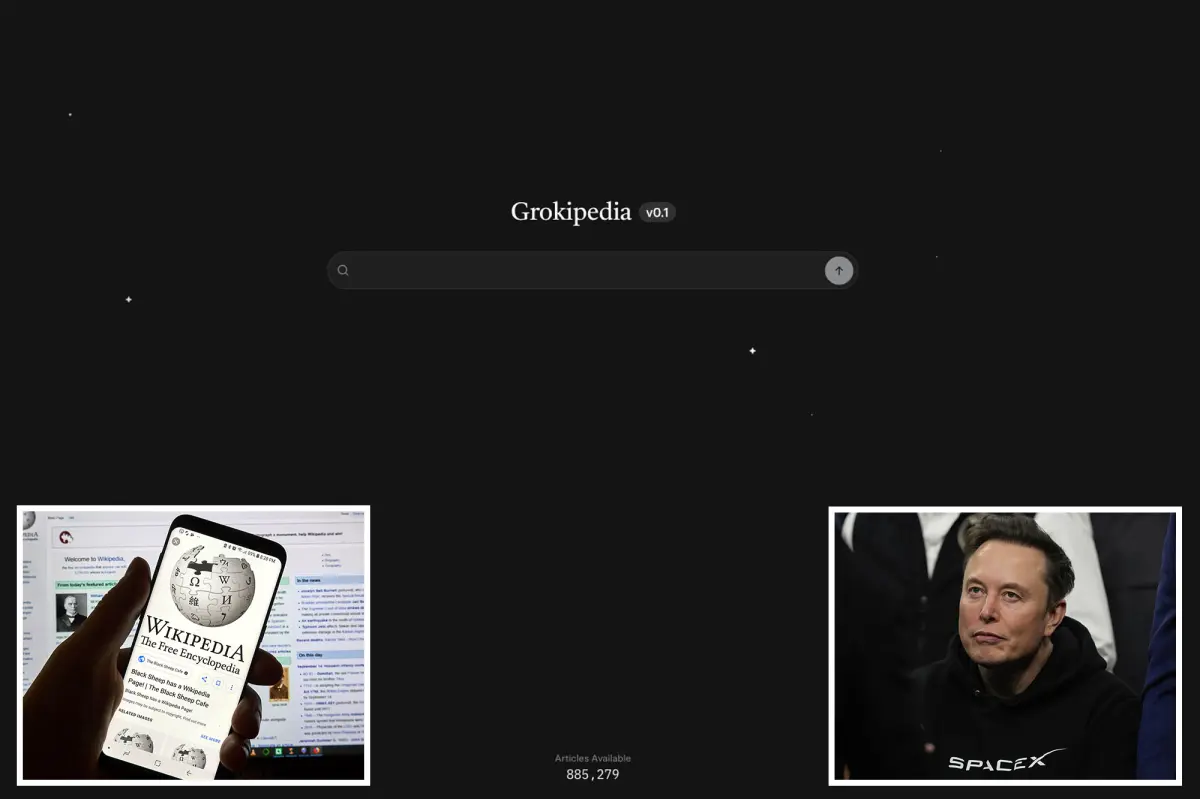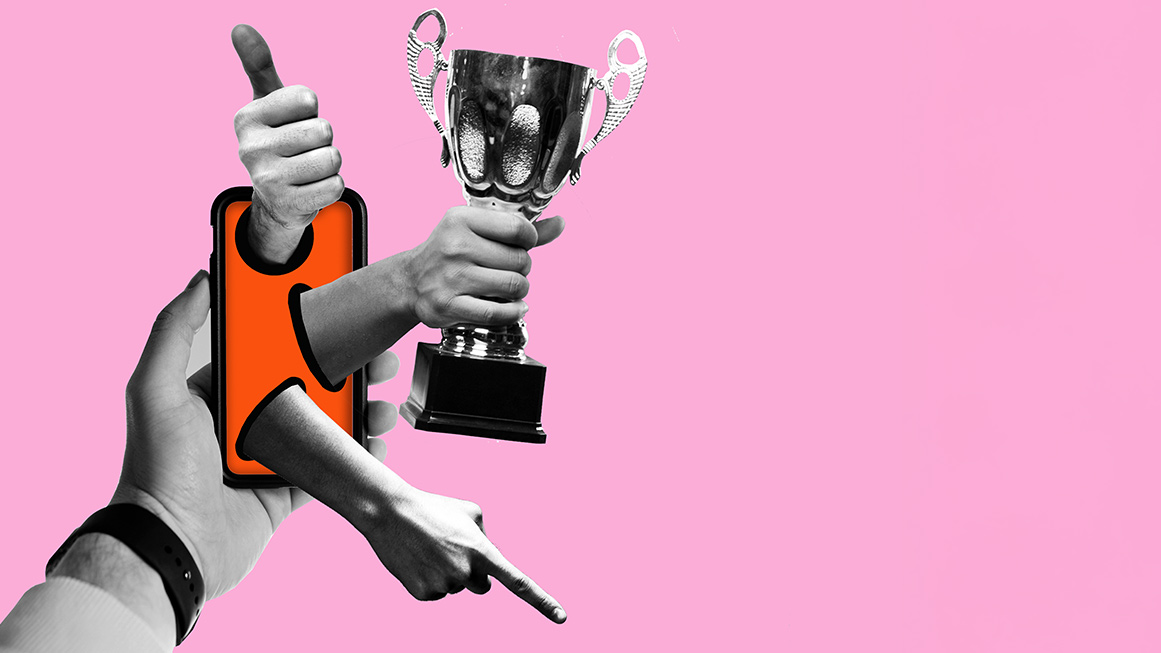Copyright Fast Company

Despite hybrid work policies and “return to office” revamps, many employees are still walking into lackluster workplaces haunted by outdated design and technology. Meanwhile, outside the office, their lives have less friction and are more flexible, with streamlined apps, personalized experiences, and smart devices that just work. The good news? Smart sensors, much like the health trackers we wear on our wrists, have entered the office along with AI. Together, these emerging technologies can eliminate or decrease everyday frictions, creating workplaces that finally work as intuitively as the rest of our lives. In celebration of the spooky season, here are five “spirits of the past” that may still be lurking in your office—and how to drive them out for good. 1. Ghost room bookings Signs: Meeting rooms that appear booked on a calendar, even when they’re empty. Confusion as to what rooms or desks are available. Solution: Use smart scheduling tools with presence detection. Even if a room is booked, workspace administrators can enable software to automatically release it if no one enters by a set time. If it’s a recurring meeting that continuously doesn’t take place, administrators can also opt to automatically remove the entire series. It’s a small upgrade with a big ripple effect: fewer double-bookings, less frustration, and a clearer picture of how your workspace is actually being used. Subscribe to the Daily newsletter.Fast Company's trending stories delivered to you every day Privacy Policy | Fast Company Newsletters For the best experience, make sure employees can access booking software on mobile devices, too. According to Microsoft’s 2025 Work Trend Index, 57% of meetings are ad hoc calls and do not include a calendar invite. Also, 10% of scheduled meetings are arranged at the last minute. With sensor data integrated into modern booking platforms, employees can instantly see which spaces are open, what technology those rooms include, and which teammates will be nearby—banishing ghosts and boosting productivity. 2. Ghost towns Signs: Areas of an office that are dark and empty Large spaces that consistently only have a few people using them Solution: Use sensor data and analytics to understand how your office is actually being used. Real-time insights help facilities and IT teams adjust layouts, optimize amenities, and right-size office footprints. Research from Gensler’s Global Workplace Study, based on 16,000 office workers in 15 countries, shows that flexible, human-centric design leads to stronger employee performance, retention, and satisfaction. And yet, only 26% of workers strongly agree their current office layout supports them in doing their best work. Sensor data can help bridge that gap, guiding smarter layouts—from private focus pods and huddle rooms to flexible open spaces—that can change as demand continues evolving. 3. Energy-sucking vampires Signs: Rooms are too cold or too hot. Lights and devices stay on even when no one’s there. Energy bills are high. Solution: Use sensor-based automation to regulate lighting, temperature, and air quality. Smart building systems can automatically adjust conditions based on occupancy, time of day, and ambient data—keeping environments comfortable while minimizing waste. According to Business.com, better workspace design also reduces stress and improves sleep, leading to higher productivity. These invisible systems can save energy, lower costs, and support a healthier workplace—which is good for business and employees alike. 4. Zombie meeting participants Signs: In a video conference, you can only see some of the people in the meeting room and it’s hard to tell who is speaking. Someone consistently joins calls off video, the angles are wrong, or they appear as a dark figure who looks more like an anonymous source than an active meeting participant. Remote attendees feel invisible or disconnected. Solution: Provide employees with AI-enabled webcams for personal workspaces and equip meeting rooms with AI-enabled conference cameras and video bars with multi-participant framing. These should work seamlessly with platforms like Microsoft Teams, Zoom, and Google Meet. Smart cameras can also automatically track speakers and balance lighting, ensuring everyone is clearly seen and heard. advertisement According to Appspace, 82% of workers expressed difficulty in connecting and collaborating with colleagues. This isn’t just a technology upgrade—it’s inclusion in action. In hybrid meetings, visibility equals engagement. 5. Phantom distractions Signs: Background noise—chatting coworkers, barking dogs, leaf blowers—derails focus. Invest in enterprise-grade headsets and webcams. These systems use AI-enabled features like active noise control and spatial mapping to filter out distractions, balance voices, and blur background movement. According to Microsoft’s Work Trend Index, workers experience more than 275 interruptions per day—and Gensler notes that noise remains one of the top workplace complaints. Reducing those interruptions isn’t just about comfort; it’s about performance and engagement. FROM GHOST STORIES TO GROWTH STORIES The reality is, haunted workplaces aren’t filled with spirits—they’re filled with systems that haven’t evolved with people’s expectations. The ghosts of legacy IT, disjointed tools, and uninspired design still exist because we haven’t fully reimagined the workplace as a living ecosystem. Modernization happens when teams come together to create human-centered, data-driven workplaces—places that anticipate needs, remove friction, and support well-being. Then, the workplace stops being a relic of the past and becomes something far more powerful: a flexible experience that can evolve in alignment with the way we live and thrive beyond the office walls. David Houseman is global head of workplace experience at Logitech.



